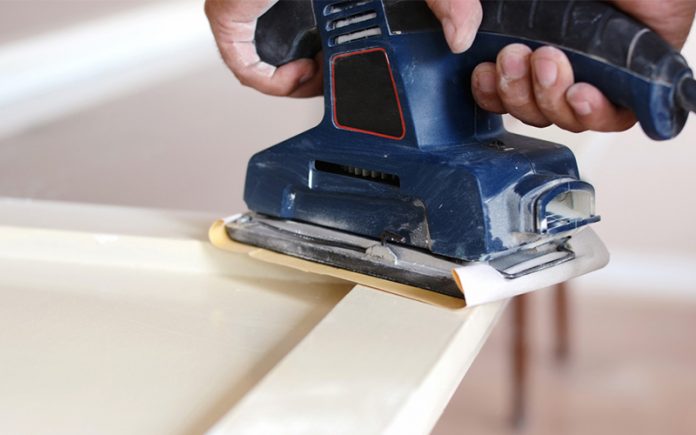There are many different types of sanders you might find on the market for different purposes. Since the use of such sanding equipment is becoming more and more common, we are getting bombarded with different choices to make when looking for a sander. For a beginner trying to choose the perfect sander for their needs, the whole thing might seem like one big ball of confusion. You need to purchase sanding equipment according to your own requirements and understand that there’s no “universal sander” that is fit for all purposes. In a belt sander vs orbital sander comparison, the belt sander will win some people’s heart while the orbit sander will win the heart of others.
For example, the belt sander is a very popular sander type that is being used by many people for the initial stages of their projects. However, this equipment isn’t entirely appropriate for completing a full project – you’re going to need some other intermediary sanders to do that. So, here we are, with a list of almost all types of sanding equipment and their uses to help you understand which type of sander you’re going to need for your next project. Just for full disclosure, we’re not going to talk about the obvious differences like the ones in a belt sander vs belt grinder comparison.
Orbital sander:
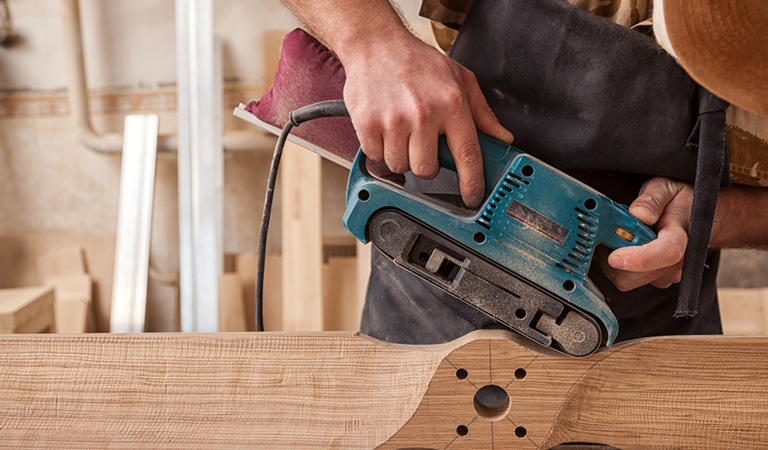
The reason they’re called orbital sanders is because of the movement patterns of the pad on the bottom. It moves in little tiny circular patterns, almost like vibrations and this is the reason they’ve gone a little bit out of favor lately. Because of its circular motion, the orbital sander sometimes can go against the grain. This isn’t suitable for your woodworking purposes since you always want to sand along the grain. So, these sanders are going out of practice with the passage of time.
Finishing Sander:

After discovering the downsides of an orbital sander, some woodworking expert went out and developed a sander that’s actually called the finishing sander or the quarter sheet sander. This little sander only goes in one specific angle, with a back and forth motion. This helps you go with the grain and eliminate the circles that an orbital sander might have created in your project.
This is the sander that you want to use in the final stage because this will give you the finest finish. This explains why this type is so popular and readily available on the market. But I don’t use it anymore since I find our next type more useful and it has pretty much replaced both the orbital sander and the finishing sander.
Random Orbital Sander:

The random orbital sander beats the other two types of sanders for wood that I’ve just discussed. It has a random circular pattern instead of making little circles or the back and forth motion. It rotates in a circular motion but with a slight displacement over each rotation. These random orbital sanders are great for the flat grain but they also work very well on the end grain.
Usually, after a sanding session, if you look closely, you can see the pattern of the pathway that the sander took during the project. However, in case of a random orbital sander, no matter what you sand, it’s impossible to find the sanding pattern. Among other features, its pads are easily replaceable. Since there are lots of different grits, this sander becomes very popular due to this functionality.
Belt Sander:
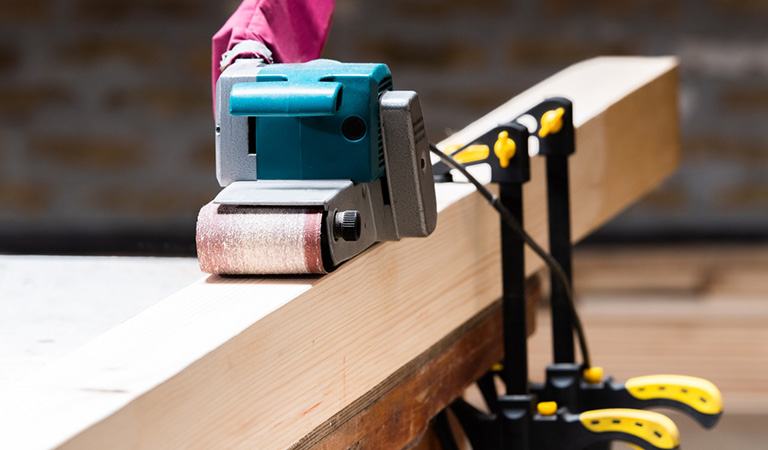
When comparing a belt sander with the orbital type, think about the belt sander like a chainsaw and the orbital sander as a floor polisher. If you have a very rough wood or need to take off a lot of material, a belt sander might be the best choice. This type of sander comes in different sizes and the size depends upon the width and length of the belt. These sanders work well on the flat grain but they too are great for sanding the edge grains. One of the problems of using belt sanders is that sometimes they can be too aggressive. If you don’t hold them correctly or rock even just a little bit they can often gouge your project. When making a belt sander vs orbital sander comparison, we can say that with this one, you do need to be very careful.
Drum Sander:
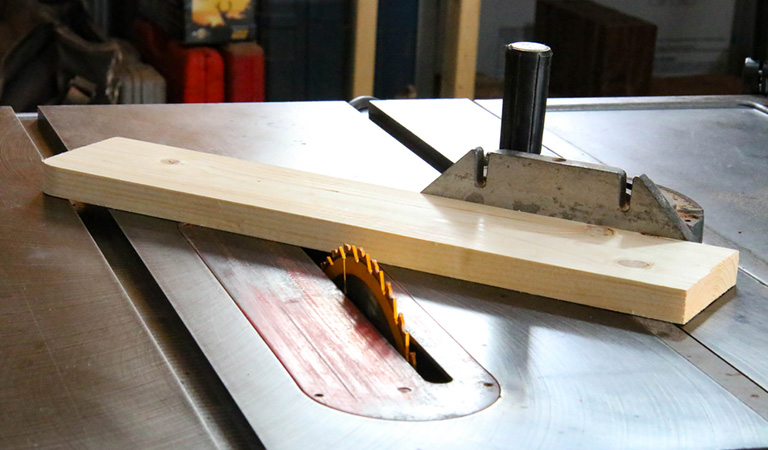
Let’s make a belt sander vs drum sander comparison: Belt Sanders are handheld, and drum sanders are industrial grade. Drum sanders are powerful tools used for sanding larger pieces of wood. They come with sandpaper drums that rotate at high speeds using an electric motor and they are mostly used for industrial purposes where the workloads are higher. The drum sander has spring clamps that hold the grit strip and let you wind the sandpapers around the drum tightly without overlapping.
Also, drum sanders have a height adjustment wheel to adjust the height for each of your passes for the best finishing results. You need to hand-feed the pieces of wood into the machine for them to be fed into the roller. Since it has an adjustable conveyor belt speed, the machine will mechanically feed the remainder of the material. You can also change the grit of the sander to get the desired results. This way, a drum sander makes the sanding process faster with a uniform finish. It’ll also decrease your workload.
Disc Sander:
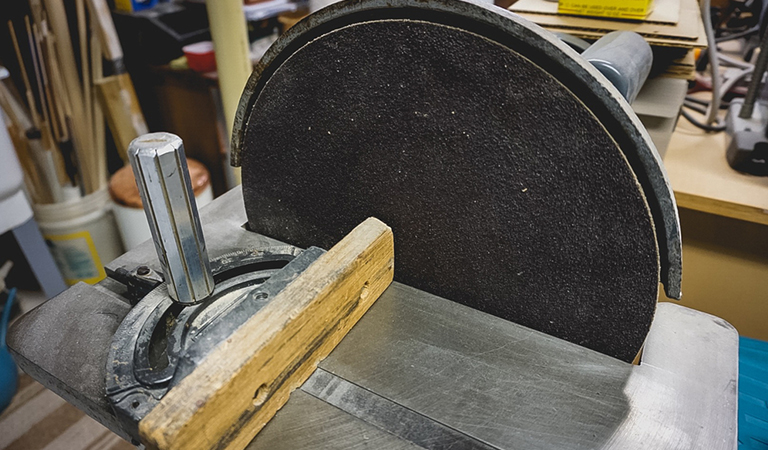
The disc sander is a tool that you can use to remove a lot of the surface material in a short amount of time. It has a flat, tabletop base that can be tilted at different angles when you need to. But it usually stays at 90 degrees to the disc. It has a motor in the back that powers the disc, which spins in a clockwise direction. For the best practice, use the side of the disc that is rotating towards the bottom. That means if it’s rotating clockwise, put it on the right side of the disc.
Lastly, I would like to give you a safety tip since you will be working in front of a fast-moving disk. For safety measures, the tabletop often comes with a groove that is about four inches away from the disc. This groove indicates your hands or fingers should not cross that safety margin.
When you switch off the machine but it keeps on spinning, use an abrasive cleaning stick to clean up the build-up being created with the sawdust, which could also stop the spinning disc. When making a belt sander vs disc sander comparison, a belt sander would definitely be better for a flat grain while the disc would be more suitable for the edge grain.
Floor Sander:

Floor sanders are a mixture of different types of sanders for wood that can be utilized on your floor for a smooth finish. Floor sanders are usually rented when required instead of being bought. There are essentially two kinds of floor sanders: The huge drum type sander which is used by strolling behind – just like a walk through pushing lawn mower over a wooden floor. And the next one is the edging sander that is used to sand the edges of your floor where the drum machine can’t reach.
Finger Sander:
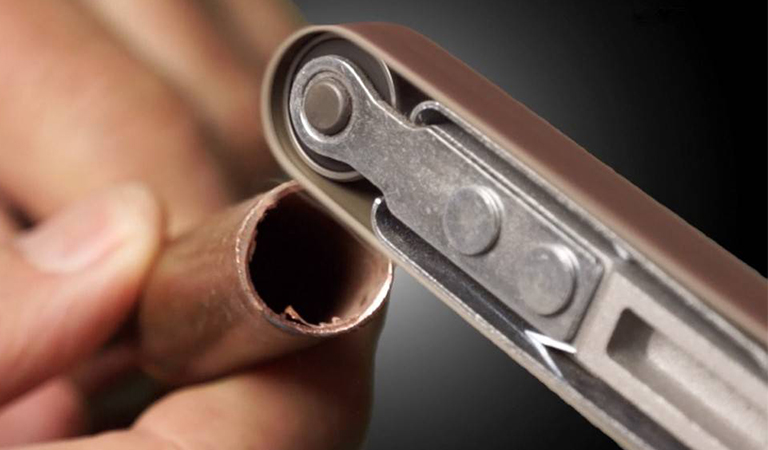
Finger sanders are also known as power file sanders. It has an independent rotating sander belt which has a long and thin finger-like attachment. You can even adjust the angle of the finger up to a 45-degree angle that may help you sand in different angles. It is lighter in weight and usually comes with a half-inch wide grit strip. It has a dial for controlling the speed. I personally believe that it has a few uses for those who do a certain amount of modeling work. For example, you’ll be able to reach the narrow areas where other sanders are incapable of reaching. Besides that, you’ll be able to sharpen knives, chisels, and other metallic objects using this sander.
With this quick overview of the variety of sanding equipment available on the market, you’d be more prepared to select the right kind of sander for your project. Depending upon your woodworking need, you might select one over the another to help you do a better job with your finishing. If you want an excellent finish, the wood has to be prepared well. Making a comparison of a belt sander vs orbital wouldn’t make much sense if the project itself isn’t worth giving a final polish. Because there’s no way that you can get an excellent finish on any of the woodworking projects if you don’t have the primary carpentry done on them.


